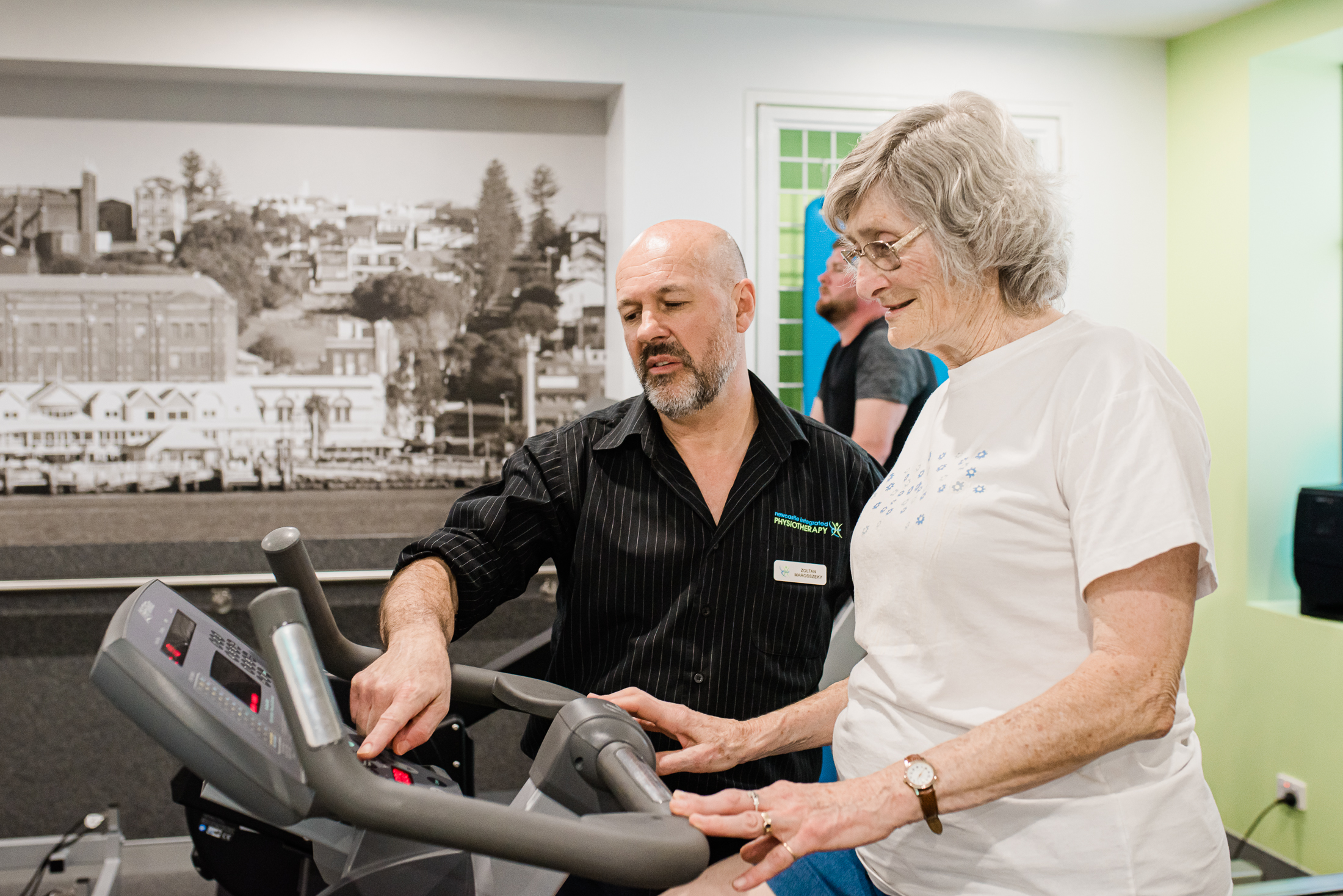An example some people may get into a cycle of “boom busting”. This is where a person may be “over-active” on the better day (boom) only to experience a set-back for the hours or days that follow (bust).
In time, some will notice that they become less active and perhaps need more time to recover from these episodes.
There are many reasons why people may do this. Such; a need to get the job done, a desire to not “give in”, habit, or maybe because of expectations set by others and themselves.
What is activity pacing?
“Activity pacing” is another way to carry out an activity. Pacing in its simplest form is actually doing an activity in shorter “chunks” and doing something different or even stopping before the pain “flares up”.A “flare up” is an increase in pain that prevents you from doing any planned activity. It can last for hours or even days.
How do you pace activity?
Pacing might involve breaking up activity (such as housework or gardening) into smaller chunks.
It may also involve prioritising and planning your activity too. For example, writing down a list of what needs to be done according to what’s important, what gives you a sense of achievement and what you enjoy. A “must”, “should”, “could” list. Remember, it’s also important to set time aside for periods of rest and relaxation too.
Activity pacing can also be a useful tool to slowly build up your tolerance to do more activity and / or exercise. To make a start with this, you need to work out your baseline.
How do you find your baseline?
A baseline is the amount of activity that can be done without flaring up your pain. Try to think of activities that cause your symptoms to worsen (e.g. walking, standing, exercising, etc) and consider how long you can perform each activity for without increasing your pain.
Finding a baseline can often be difficult as pain is not always predictable and can change from day-to-day. Therefore, to work out your baseline you may need to time yourself on both a good day and a bad day.
Pacing up
Once you’ve set your baseline, after a period of time you can begin to build on this slowly. A useful rule of thumb is to increase by 10-20%.
Why do this?
Whilst recognising the challenges and frustration with starting to pace, the overall benefits of pacing can mean that:
You can lessen the ups and downs of the boom-bust cycle.
It may offer a sense of control as you are choosing how much to do, as opposed to the pain.
Over time, it may allow you to be able to do more activity.
Pacing is providing you with another choice to allow you to work towards the things that matter to you.
If you would like more information of this or would like me to help plan a programme, please call Newcastle Integrated Physiotherapy on 0249572961


